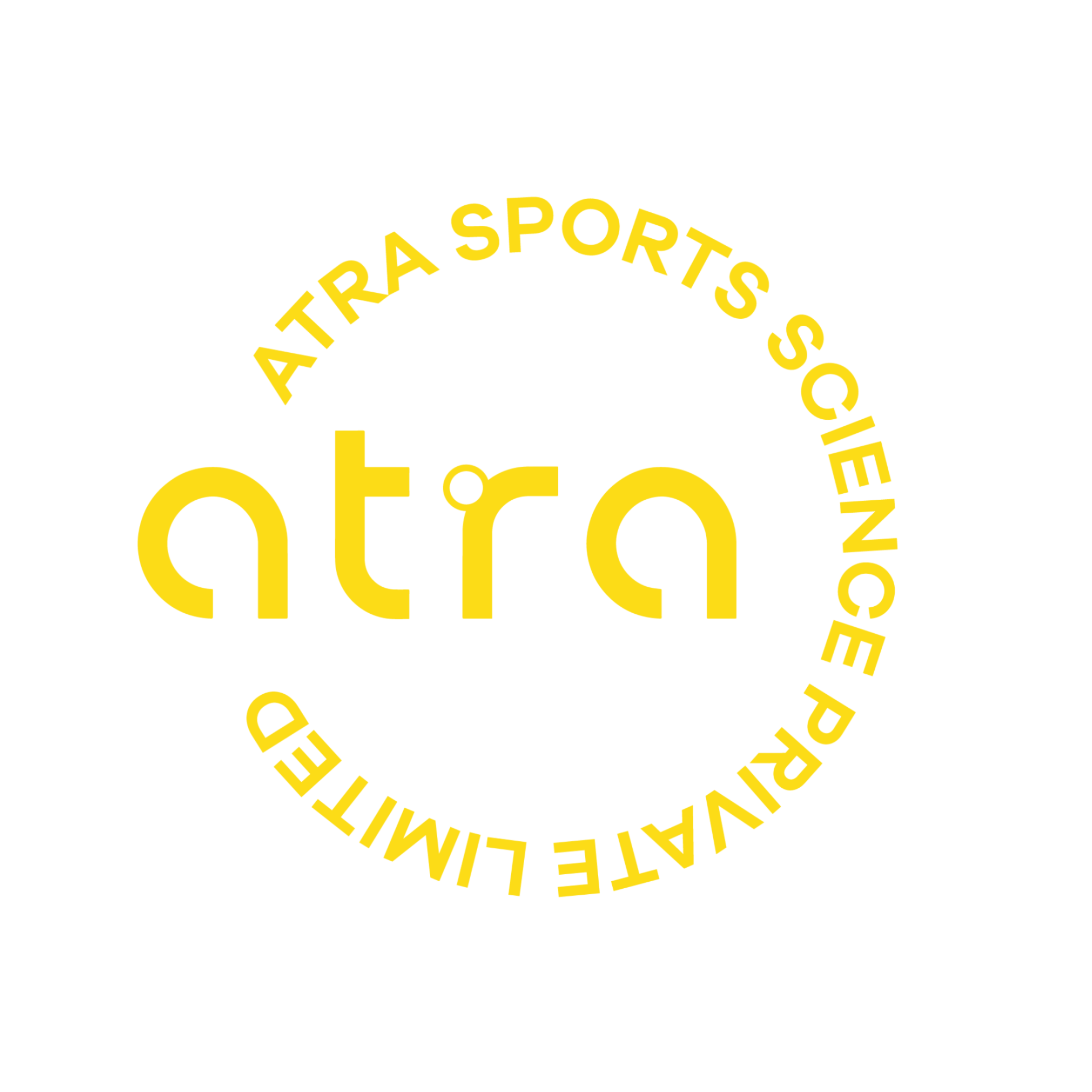Why Muscles Get Sore: Understanding DOMS
That deep, aching pain that creeps in a day or two after a tough workout? That’s Delayed Onset Muscle Soreness, or DOMS. It’s a completely normal response to pushing your limits and is actually a sign that your body is repairing and adapting. DOMS is classified as a Type 1 muscle strain, characterized by pain and stiffness that typically peaks 24 to 72 hours after intense or unfamiliar activity. The true source of DOMS is mechanical stress, with the main trigger being eccentric contractions (when your muscle lengthens while resisting a load). This action causes tiny, harmless tears (microtrauma) in the muscle fibers and connective tissue.1
The best way to fight DOMS is through smart preparation, not just reactive treatment.
The Repeated Bout Effect (RBE)
Gradually expose your body to controlled eccentric (lowering) exercises.4 For optimal protection, this initial exposure should happen 6 to 9 weeks before your toughest training phases.5 This is your body’s natural adaptation — it repairs the muscle fibers and makes them structurally stronger to resist future damage.
Progressive Overload
If you are starting new or coming back from a break, always increase intensity and volume slowly. This allows your muscle tissue adequate time to adapt safely without causing excessive micro-damage.6
Dynamic Warm-Up
Perform dynamic stretching during your warm-up; this improves your lower-limb performance and range of motion, getting you ready for activity.
Recovery Modalities for DOMS
| Modality | Benefit & Purpose | Recommended Protocol |
|---|---|---|
| Cryotherapy / Cold Exposure | Best for acute pain relief and rapidly restoring muscle function (like jump ability)8 | Use cold water immersion or cryotherapy treatments.8 |
| Foam Rolling (FR) | Significantly reduces muscle tenderness, stiffness, and pain severity. | Perform a 20-minute routine, post-exercise and again every 24 hours thereafter. |
| Active Recovery | Reliable for symptom management. Low-intensity exercise increases blood circulation to help clear waste products and speed repair. | Engage in slow cycling, walking, or light cardio post-exercise. |
References
- The Effect of Whey Protein Supplementation on the Temporal Recovery of Muscle Function Following Resistance Training: A Systematic Review and Meta-Analysis — MDPI
- Foam Rolling for Delayed-Onset Muscle Soreness and Recovery of Dynamic Performance Measures — PMC
- Review: stretching before or after exercise does not prevent muscle soreness or reduce risk of injury — BMJ Evidence-Based Medicine
- The Repeated Bout Effect of Multiarticular Exercises on Muscle Damage Markers and Physical Performances: A Systematic Review and Meta-Analyses — PubMed
- Debunking the Lactic Acid Myth: Understanding DOMS and the Real Keys to Recovery — Rebelstore
- A Meta-Analysis of the Effects of Foam Rolling on Performance and Recovery — PMC
- The effect of protein timing on muscle strength and hypertrophy: A meta-analysis — ResearchGate
- Effects of Protein Supplements on Muscle Damage, Soreness and Recovery of Muscle Function and Physical Performance: A Systematic Review — ResearchGate

